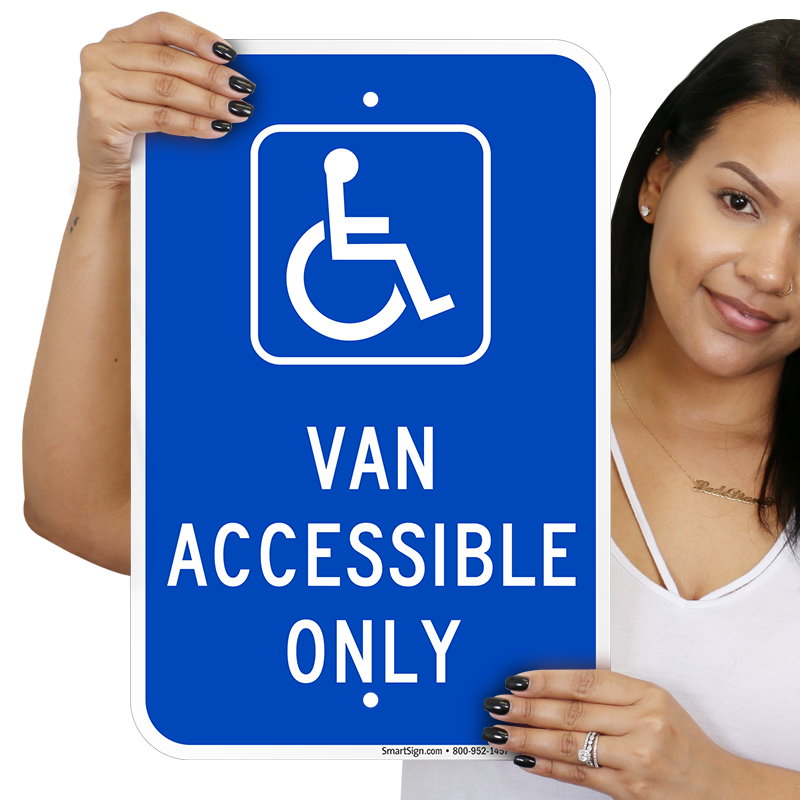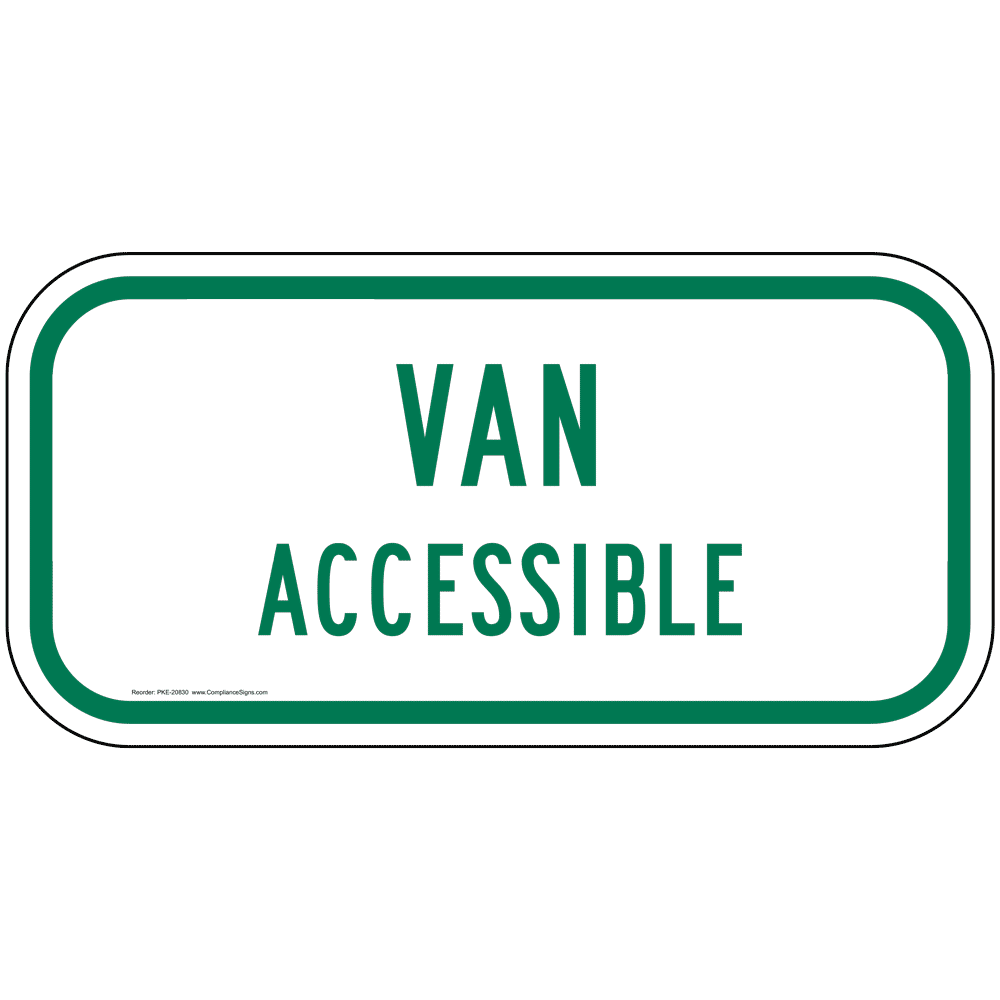

Organizations with unpaved parking may use extra signage to make this distinction clear.

Access aisles on paved surfaces should have high-contrast diagonal lines painted on them to show visitors that they should not use the aisles as extra parking spaces. In addition, off-street spaces must include access aisles, or space between parking spaces, so that people have enough room to enter and exit their vehicles. Moreover, organizations must provide signage indicating where all their accessible spaces are.
These spaces are for people who do not need extra space because they do not use mobility devices or they use smaller devices, such as canes or crutches. Type A has a wider parking space and has signage that identifies the space as “van accessible”. These spaces are for people using larger mobility devices, such as wheelchairs or scooters, who need more space to enter or exit vehicles. There are two types of accessible off-street parking spaces: Cities creating parking spaces must also consult with their municipal accessibility advisory committees. They should find out how many spaces to make, where they should be, and how they should be designed. Accessible On-Street Parkingīefore creating on-street parking spaces, organizations must consult with the public and people with disabilities. Rules for on-street spaces apply to public sector organizations, while rules for off-street spaces apply to all organizations. Off-street parking areas are lots or buildings where people can park temporarily. On-street parking areas are spaces for temporary parking located on highways or streets.

There are different rules for accessible on-street and off-street parking. Accessible Parking On-Street and Off-Street Parking In contrast, other people need accessible spaces close to the places they are going to because they cannot walk long distances. Moreover, some people need accessible spaces because they use mobility aids and need more room to enter and exit their vehicles. Some people with permits will drive themselves, while others will drive with family or friends. These include hospitals that treat mobility-related conditions and hospital outpatient facilities.Under the Design of Public Spaces Standard of the AODA, cities and other organizations building or reconstructing on-street or off-street parking spaces must make those spaces accessible to visitors with disabilities who hold accessible parking permits. However, certain medical facilities may require more van-accessible parking spaces than the minimum. For a parking space with less than four spaces, this requirement isn’t necessary. The width of the access aisle should be at least 96 inches.ĪDA requires at least one for every six spaces in a parking space to be van accessible. The parking slots are marked with the International Symbol of Access, and the access aisle is stripped. These are one-sided entries and are for vehicles that have a lift or a ramp. The dimensions for this must be at least a 60-inch-wide aisle for easy entering and exit of wheelchair users. The accessible parking spaces for cars are marked using the International Symbol of Access, a blue and white wheelchair symbol. These are for standard vehicles that don’t have a wheelchair lift or ramp. This Act stipulates several ADA parking requirements, including the location, number of van spaces, and traditional accessible parking spaces and size requirements. The provision has gone through several revisions and updates, with the last one having been done in 2010. The ADA, which stands for Americans with Disability Act, provides several provisions to protect disabled people and their van-accessible parking spaces with an accessible route. Handicap parking requirements for US Parking Area This isn’t the same for people using handicapped modified vans or wheelchairs. It’s easy to squeeze themselves and get in or out of the vehicle even when the cars are closely parked together. Non-handicapped don’t understand how hard it’s for people to use ADA parking van spaces. Help educate others about handicap parking rules and ADA parking requirements Keep reading to learn more about the ADA parking requirements for van-accessible handicap parking. Medical content reviewed by Dr Eric Jackson-Scott MD, Chief Medical Officer The Americans with Disabilities Act (ADA) states the van-accessible parking requirements that every developer must follow when designing van handicap space. However, one must get a handicap parking permit to use the van handicap spaces conveniently. It’s a requirement to have a handicapped van accessible parking and wheelchair parking in most commercial and public parking areas. Most disabled people use modified vans to make their movement safe, independent, and convenient. What are the ADA Parking Requirements for Van Accessible Handicap Parking


 0 kommentar(er)
0 kommentar(er)
